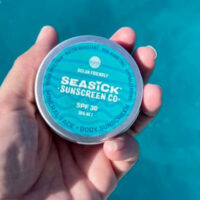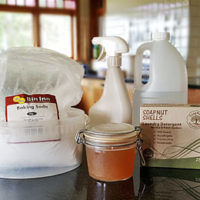
I recently read Dr Libby‘s new book ‘Women’s Wellness Wisdom’, and some of you will have seen my review. Dr Libby is a huge advocate of eating organic and her commitment to this meant she gave up new shoes and clothes for four years in order to afford organic produce. One of the key messages I took away from her book was this…”If a nutrient isn’t in the soil, it can’t be in the food”. And if we think about this, it makes total sense. It’s all about the soil. I hope you enjoy this piece. After researching and writing it, I can honestly say I have a new found respect for brown dirt.
The Science of Soil
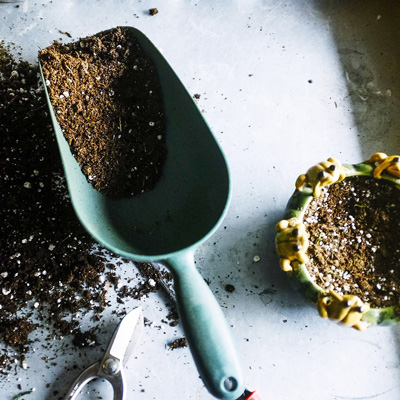 Soil is a natural body called the pedosphere and serves four important functions: it is a medium for plant growth; it is a means of water storage, supply and purification; it is a modifier of the earth’s atmosphere and it is a habitat for organisms, all of which in turn, modify the soil. It is often aptly referred to as the Skin of the Earth.
Soil is a natural body called the pedosphere and serves four important functions: it is a medium for plant growth; it is a means of water storage, supply and purification; it is a modifier of the earth’s atmosphere and it is a habitat for organisms, all of which in turn, modify the soil. It is often aptly referred to as the Skin of the Earth.
Soil science (yep… that’s a thing) is a complex and fascinating subject and there are a growing number of soil geeks (pedologists and edaphologists) out there who study the formation and classification of soil and how soil influences living things. Nutritious and good quality food can only be grown in a healthy soil, so it’s not surprising then, that soil health has become an important topic to know about.
Soil takes many years to form – actually it takes up to 1,000 years to form just 1cm of topsoil. Very simply put, rock erodes into tiny pieces near the earth’s surface which mixes with decaying organic material, water and minerals to make soil. Layers (or soil horizons) are formed. The top layers are the rich and organic topsoil and humus and the lower ones are the sand, clay and rock.
Soil Health
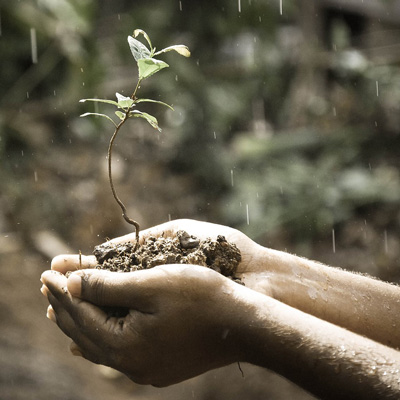 A healthy soil is teeming with life and acts as its own ecosystem maintaining a diverse community of soil organisms that help to control plant disease, insect and pests. A healthy soil forms beneficial symbiotic associations with plant roots, recycles essential plant nutrients, improves its structure with positive effects for soil water and nutrient holding capacity, and ultimately grows stronger and better plants. It’s something we take for granted, but soil is the very foundation of our health and wellbeing.
A healthy soil is teeming with life and acts as its own ecosystem maintaining a diverse community of soil organisms that help to control plant disease, insect and pests. A healthy soil forms beneficial symbiotic associations with plant roots, recycles essential plant nutrients, improves its structure with positive effects for soil water and nutrient holding capacity, and ultimately grows stronger and better plants. It’s something we take for granted, but soil is the very foundation of our health and wellbeing.
Unfortunately, modern farming practices focused on crop volume rather than quality mean that our soils are suffering and soil health all over the world is being degraded. And we know what this means….if the soil is lacking in nutrients, the food grown in it will also be lacking in nutrients. Dr Libby notes that much of the food grown today is significantly lower in nutrients than it was even 50 years ago.
Soil is ‘used’ over and over again to grow crops and the nutrients taken out of the soil by the plants are not replaced. The soil becomes stripped of its minerals and then is periodically drenched with chemical fertilisers which only have minimal nutritional value. If the soil isn’t healthy, the plants aren’t healthy either which leaves them vulnerable to invasion by pests and insects. So more chemicals are used in the form of pesticides, fungicides and herbicides which are bad for us and equally bad for the soil ecosystem.
Grow Your Own
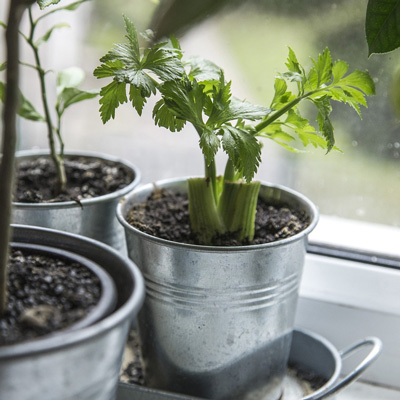 Organic farming and gardening practices start and end with soil health. By using methods like crop rotation, companion planting and replenishing soil nutrients with organic matter like mulch and compost, the need for chemicals is negated.
Organic farming and gardening practices start and end with soil health. By using methods like crop rotation, companion planting and replenishing soil nutrients with organic matter like mulch and compost, the need for chemicals is negated.
The benefits of eating organic produce are well recognised but the costs can be a challenge. What can we do if we want to give the best food to our families but don’t have the budget…?? Growing your own fruit and veg is a fantastic option. You don’t need heaps of space either – a small planter on your windowsill can provide you with herbs and lettuces all year round!! It’s a great activity for children too. There is so much to be learned and the sense of achievement they feel when a plant they have planted and cared for finally rewards the family with some healthy, nutritious food is huge.
Show Your Soil Some Love
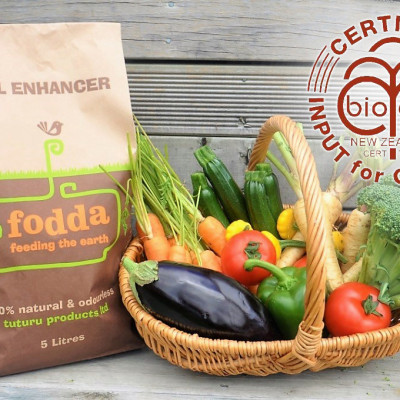 As we have learned, soil health is of paramount importance if we want to grow quality plants. Homemade compost is a great way to feed your soil and it also takes care of your food scraps which would otherwise end up in landfill. A good old compost pile in your garden regularly turned and aerated works well but if space and time are at a premium, a Bokashi system turns your waste into highly productive garden compost in just four weeks.
As we have learned, soil health is of paramount importance if we want to grow quality plants. Homemade compost is a great way to feed your soil and it also takes care of your food scraps which would otherwise end up in landfill. A good old compost pile in your garden regularly turned and aerated works well but if space and time are at a premium, a Bokashi system turns your waste into highly productive garden compost in just four weeks.
If your soil needs some TLC, a soil enhancer like this one from Fodda will give your plants a great start. It will help to detoxify the soil of any chemical residues and enhance the growth of all those organisms that make up the soil ecosystem. For ongoing care of your soil and to maintain optimum soil health, regular fertilising is best so if you don’t have your own compost, choose a good quality organic fertiliser like this one from Green Trading.
If you’re keen to try growing your own, there is a wealth of information out there about how to get started, what to plant when and how to look after your garden. Pod Gardening is one of my favourites and for a simple, no nonsense approach, Annabel Langbein has a great page full of information on all aspects of gardening.
So….after reading this, are we thinking about soil in a different way…?? It’s not just the ground beneath our feet, it is the foundation of…everything.

